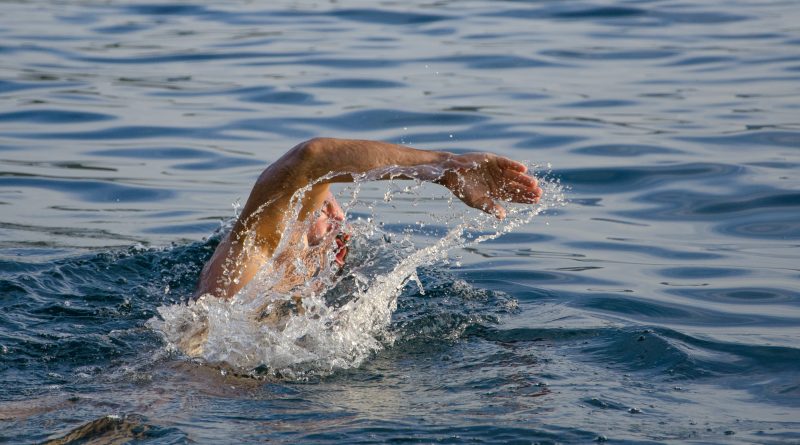Swimming – tips of fitness can damage your health
There is a Law of Reversed Effort. The harder we try with the conscious will to do something, the less we shall succeed. Proficiency and the results of proficiency come only to those who have learned the paradoxical art of doing and not doing. Aldus Huxley
A common feature of the case histories is the emphasis on trying to achieve, the sort of end-gaining that invariably accompanies the unthinking pursuit of fitness. We must be careful not to apply the same sort of trying to the task of learning a new approach, thus replacing one form of end-gaining with another. Alexander found that when pupils try to do the ‘right thing’ they are inclined to apply the wrong sort of effort to the task, which actually prevents them from performing it efficiently. In his Notes of Instruction, we read: ‘I don’t want you to give a damn if you’re right or not. Directly you don’t care if you’re right or not the impeding obstacle is gone.’ Swimmers who try to ‘do it the right way’ create tensions that serve only to restrict their movements in the water. The anxiety aroused by trying to do the right thing is itself detrimental to awareness. The Alexander Technique shifts the emphasis away from trying to do the right thing to learn to prevent the wrong.
Learning the art of swimming involves discovering how to control the body’s natural buoyancy and make it work for you. As the body has a lower density than water, it will almost always float unless something is done to prevent it. Many adult beginners are reluctant to let the water support them and may think that if they do nothing they will immediately sink to the bottom. Although there are individual physical differences that make it easier for some people to float than others, the main obstacle to floating is the false notion that the body must actively be held up in the water. The idea of non-doing also applies in another way. Swimming efficiently involves using the least effort to overcome resistance from the water. Applying too much effort increases friction and turbulence. Studies of Olympic swimmers have shown that the fastest swimmers are the ones who take the fewest strokes to cover the distance. What counts is not the amount of effort, but the appropriate use of effort. It can be interesting to see how few strokes you need to take to swim a given distance without loss of momentum.
The principle of non-doing was crucial to Helen’s recognition that thrashing about wouldn’t help her learn to float, let alone swim. Non-doing is not the same as passivity or total inactivity. It’s simply the result of a conscious decision not to respond in a habitual way. The Alexander Technique sets out to teach us how to consciously undo undesirable responses. A non-doing approach to swimming can work wonders both for the beginner and the more advanced swimmer. The less one does to hinder oneself, the easier it becomes to move through the water. This results in a truer approach to fitness which avoids the strain imposed by trying to attain inappropriate preconceived goals. A step-by-step, experimental approach allows swimmers to change their unthinking or automatic responses both in and out of the water.
Most of us act from unrecognized assumptions about which we have a natural tendency to deceive both ourselves and others. Detecting some of the specific mental blocks which get in the way of swimming freely can be difficult.


